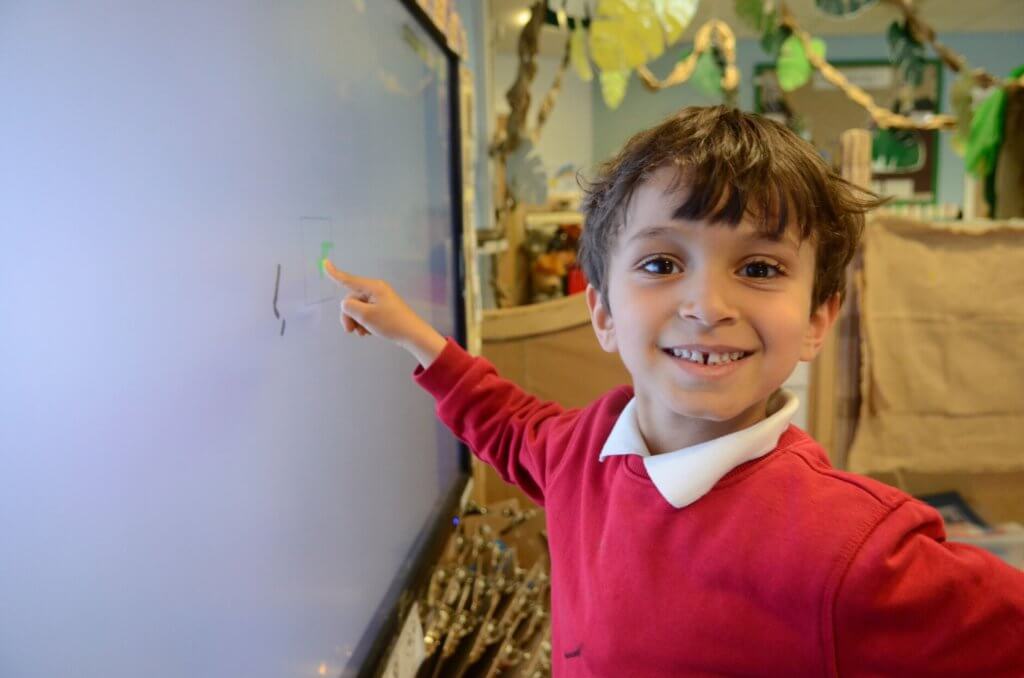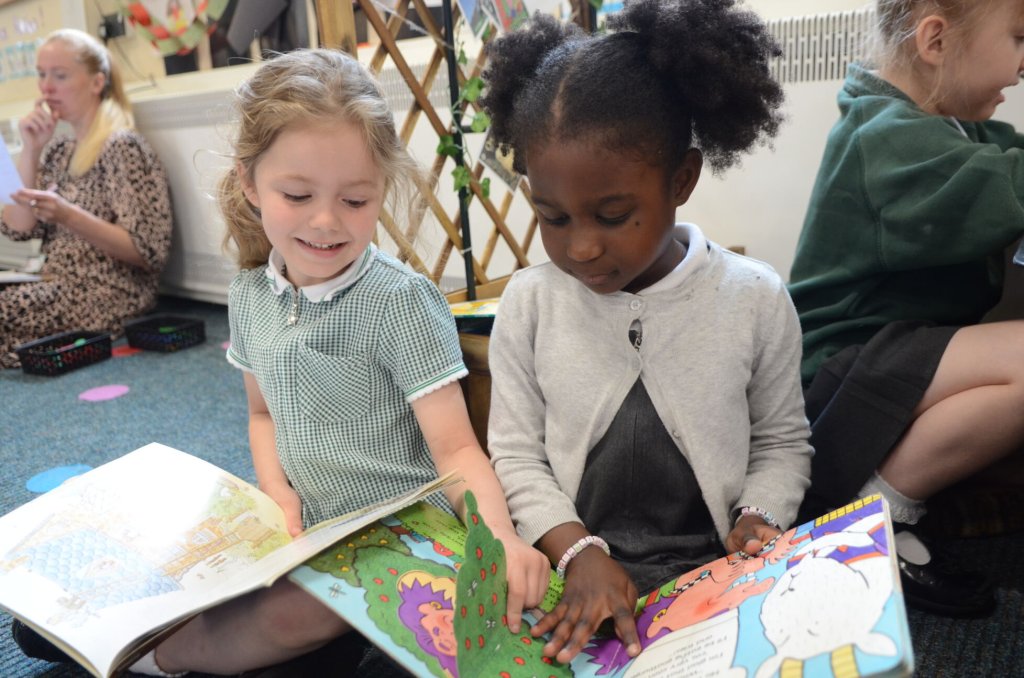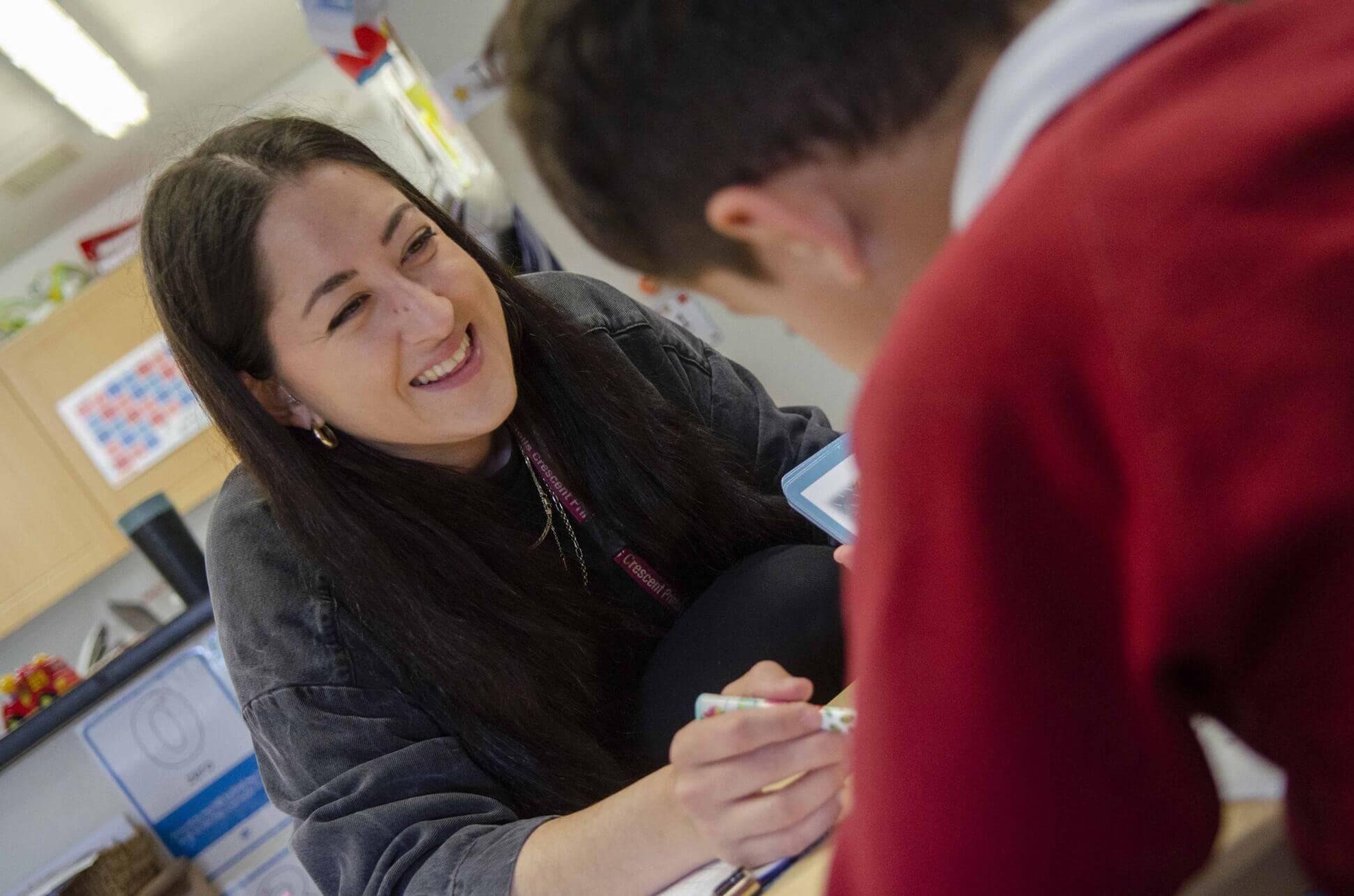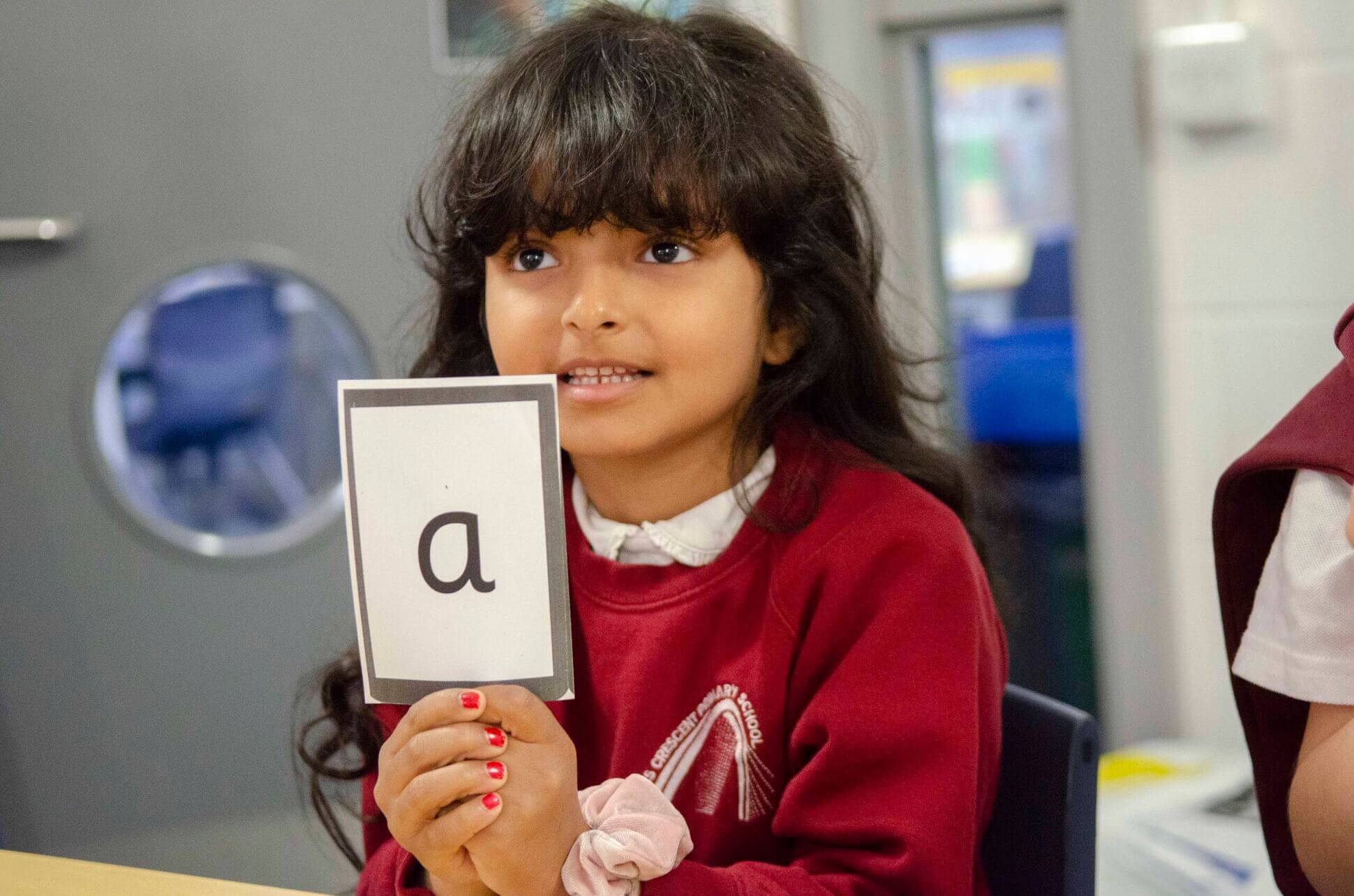Right now, just days into the full reopening of schools, our priority is, quite rightly, the wellbeing of our children and our staff, which is a huge part of the recovery process for learning. Despite the fact that every single member of school staff has worked tirelessly to provide quality education during the pandemic, we know that learning has suffered. Alongside wellbeing support, we will also have to support our children to become confident in learning in school again. The initial findings of the Department for Education’s research into progress this academic year has found that pupils are, on average, two months behind on their learning in both Reading and Mathematics. In Writing, this learning loss is likely to be more significant, as pupils may have had fewer opportunities to write remotely, particularly during the first lockdown. A study by No More Marking in Autumn 2020 estimated pupils in Year 7 to be 22 months behind in Writing, though this comes with the caveat that it cannot be compared with previous outcomes. Whatever the amount of learning lost, we know that we need to put significant energy into recovery. Whether you subscribe to the notion of ‘catch up’ or not, it is a great opportunity not to just recover, but to really support every single child to thrive. This could be a golden opportunity to support our children to be the best they can be whilst we refocus and strengthen our practice in different ways.
But where do we start? With such as huge challenge on our hands, it’s important to take a step back and reconsider what best practice might look like. Every child, and their learning, has been affected in different ways. There may be children in your care who have had harmful experiences which will need to be addressed separately. Some children may have been lucky and had extremely positive experiences but unfortunately some children will have had a less positive experience in their learning. The first step, once children have settled back into school, is to work out what each child needs help with. This is where diagnostic assessments come in.
Diagnostic assessments are snapshots of pupils’ strengths and weaknesses. Every diagnostic assessment looks different, with some activity-based and others conducted through formal tests. Some are broad in their scope, and others specific. The EEF’s Improving Literacy in KS2 guidance report recommends that:
“High-quality assessment and diagnosis should be used to target and adapt teaching to pupils’ needs. Rapid provision of support is important, but it is critical to ensure it is the right support. Diagnostic assessment can be used to inform professional judgement about the best next steps. Diagnostic assessment makes teaching more efficient by ensuring that effort is not wasted on rehearsing skills or content that a pupil already knows well. A range of diagnostic assessments are available and staff should be trained to use and interpret these effectively. This approach can be used for high- and low-attaining pupils and for whole-class and targeted interventions.”
The power of diagnostic assessments isn’t new – using these tools has always been key to best practice, however right now they are even more important. Sir Kevan Collins, the government’s Education Recovery Commissioner, has said schools should consider using some of the COVID schools’ premium to conduct diagnostic assessments.
When considering diagnostic assessment, and assessment more generally, it’s useful to ask yourself:
- Which method(s) will give us the information we need? How will this differ between subjects?
- What types of evidence will we need to gather? How much? Will this look different across the school?
- How can we clearly communicate this to staff? Is there a training need? If so, what and how will we do it?
- How will we quality assure judgements? Can we do effectively this in-house or would it be useful to have an expert supporting the process?
Ultimately, it’s important to remember that, when it comes to diagnostic assessments, it’s not ‘one size fits all’ – different assessments work in different contexts and for different purposes. When making a choice as to the best diagnostic assessments for your setting, the first step is having a clear idea of what information you want to gather. For many schools right now, knowing children’s gaps in the year group curriculum may be sufficient. For this, you may wish to use a formal test, informal teacher assessment or something in-between. We have developed useful free resources to support this. Our basic skills overviews show the key learning for each year group based on the National Curriculum. These are a useful light-touch assessment which can be used alongside observation and classroom work to ascertain children’s strengths and next steps. Alongside these, we have also developed informal diagnostic reading assessments using easy to find extracts from high-quality texts. These assessments provide a holistic snapshot of pupils’ attainment across all areas of reading: pleasure, decoding, fluency and comprehension using specific reading skills. Gap analysis can be supported using the accompanying overview documents, which can be used to pinpoint patterns across groups.
However, in some situations, perhaps for particular pupils, a more detailed assessment of certain areas may be needed. It’s important that whatever the area of concern, whether it be academic, social or communicational, we take the time to find out how to support children. It can be tempting to focus on Reading, Writing and Mathematics, however that is only part of the picture. Studies such as the Oxford Language report (2020) have identified that pupils’ language and vocabulary have been significantly impacted, with 92% of teachers believing the lockdown to have contributed to the widening of the word gap. The Children and Young People’s Commissioner for Scotland has noted the negative impact of the pandemic on children’s play and rest behaviours. The pandemic’s influence is far reaching, and we can use diagnostic assessments across the board to help. If you have particular concerns about a child or a specific focus, this might be where a standardised assessment, such as the Wellcomm language assessment, Handwriting Legibility Scale or the Salford Sentence Reading Test may help. If you are unsure as to which diagnostic assessment may be most useful for your specific needs, please get in touch and we will be happy to help.
Whichever diagnostic assessment you choose, knowing what information the assessment will give you is important. For instance, a formal reading test may give you excellent information about comprehension, but is unlikely to help you ascertain fluency or next steps in decoding. Equally, listening to a child read without requiring them to explain their understanding will only provide half the picture. In writing, a cold task may give you a negatively skewed view of children’s gaps, whilst conducting a diagnostic assessment on a piece of writing at the end of a unit may give you clearer next steps.
Once you have chosen your diagnostic assessments, making sure staff are confident in how to use them is crucial. Conducting training, either in-house or by bringing in an expert, means that all staff can be supported to understand the rationale for the assessments, how to conduct them effectively, and how best to use the results to support learning.
Diagnostic assessments can be a catalyst for action, but they are only the start. To have power, you need to think carefully about how to use your findings to impact practice. You may find it easiest to first look at your diagnostic findings as a school or in phases, ascertaining key priorities to focus on together. For instance, if letter formation is identified as a school-wide issue, you could work together to develop best practice, offering peer support and building a culture of shared expectations around handwriting and presentation. Alongside these school-wide priorities, however, staff need to be supported to plan to address gaps in learning for their individual classes and put in place targeted interventions for identified pupils.
But what about assessment more generally? Despite the fact that statutory assessments have been cancelled this academic year, we need to make sure quality in-house assessment continues. Assessment is key to learning – it identifies children’s strengths their next steps and crucially, where they need support to succeed. Devising what assessment will look like later this academic year in your school is important. You may decide to keep your existing assessment system in place, or choose something entirely different to suit the particular needs of your pupils. (Remember, I said earlier that this could be a golden opportunity in education – take that chance!) You may want to use standardised tests, or focus more on teacher assessment. Developing a clear idea of the methods you will use, the evidence you will gather and the quality assurance you will conduct will ensure your assessment is meaningful and that staff have the tools to make confident judgements. This year more so than ever, having an accurate picture of every child’s needs will make a huge difference.
For many staff, the lack of statutory moderation over the last two years has meant that they may have missed training opportunities, or just lack a little confidence in making judgements. With this in mind, we have designed two virtual CPD training sessions to support just that. Our Assessment in Year 2 and Assessment in Year 6 courses are running on the 11th June 2021. These sessions will explore best practice in assessment, focusing primarily on Writing, but also discussing how to make accurate judgements in Reading and Spoken Language. Delegates will be able to upload examples of pupils’ work to our secure moderation hub, which will form the basis of discussions during the session. All delegates will receive feedback on their examples from colleagues and course facilitators to help them to support children’s next steps in learning.
To book a place on the Year 2 or Year 6 sessions, please visit our Training Courses page.
Please get in touch if you would like us to offer similar sessions for other year groups during the summer term.
We can also offer bespoke support to help you accurately assess pupils’ outcomes in Literacy and across the curriculum, either on site or through our virtual hub. For more information on the support we offer for assessment, please email laura.lodge@oneeducation.co.uk











